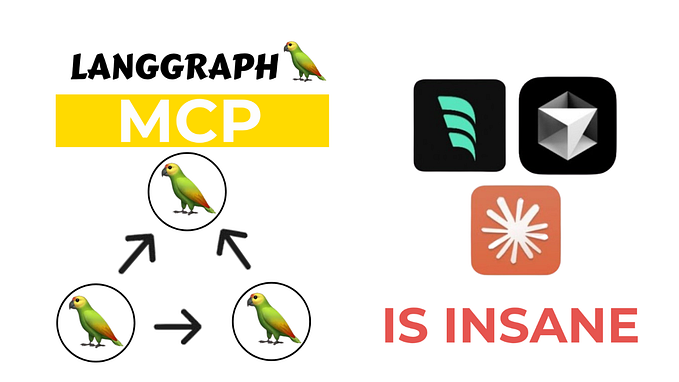Member-only story
Prompts: Communication with LLMs
Unlocking the power of Prompts

Introduction
In the evolving landscape of artificial intelligence, prompts serve as the bridge between human intention and AI-driven results. A well-crafted prompt translates your ideas into precise instructions, enabling large language models (LLMs) to generate relevant, coherent, and actionable outputs. Whether you’re generating creative content, extracting data, or enhancing conversational AI, mastering the art of prompting unlocks the full potential of LLMs.
In this guide, we’ll delve into what prompts are, distinguish between key types, explore prompting techniques, and highlight best practices to improve interaction with LLMs.
What Are Prompts?
Prompts are the textual inputs humans provide to AI models to elicit specific responses. They are essential tools for defining the task, setting the tone, and guiding the AI’s behavior. For instance:
- A basic prompt might ask the model to complete a sentence.
- A structured prompt could instruct it to summarize an article or write a poem.
- A system prompt sets the overarching behavior or role of the model.
By guiding the model with clear, well-defined prompts, users can optimize outputs, enhance safety, and mitigate issues such as hallucinations (i.e., generating false information).
System Prompts vs. User Prompts
System Prompts: These establish the AI model’s behavior or role, like setting it up as a teacher, coder, or storyteller.
User Prompts: These are task-specific inputs given to the model after defining its role.
Example:
Imagine you want the model to generate cooking recipes.
prompt_system = """You are a professional chef with expertise in global cuisines. Your goal is to provide detailed and creative recipes."""
prompt = """Create a vegetarian recipe for a quick and healthy dinner."""With a system prompt anchoring the AI’s role, the user prompt defines the specifics of the task.








